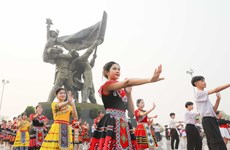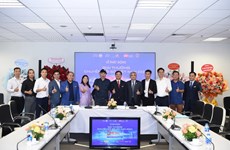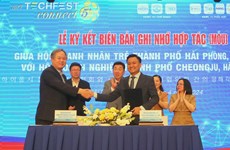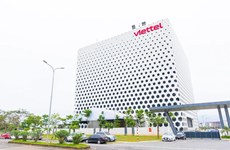High speed railway engineers to be trained in Japan
The Vietnam Railway Corporation (VRC) has signed a deal with the Central Japan Railway Company (JR Tokai), regarding the training of engineers in the use of Japanese high-speed rail technology.
Under the terms of the newly-inked agreement, the first group of 10 engineers will be sent to Japan to attend the course, which runs from March-November 2009, said VRC’s General Director Nguyen Huu Bang.
This move came after the Vietnam-Japan Consulting Joint Venture (VJC), in its initial report, proposed the use of Japanese Shinkansen technology in the planned express railway linking Vietnam ’s capital city of Hanoi with Ho Chi Minh City, its largest southern economic hub.
The railway project is one of Vietnam ’s three major infrastructure projects and there is still much to do, particularly regarding human resources, said Bang.
He added that VRC has sent over 100 officials and engineers to Japan since 2006 to learn about the high-speed technology so that they will be able to operate the rail system once it completed.
Using the planned technology, the railway will be designed for trains to travel at a maximum speed of 360 km per hour. However, the consultant joint venture recommended running trains at a maximum of 320 km per hour using Fastech 360s trains.
The 1,630-km-long express route will contain a total of 26 stations, including Hanoi and Thu Thiem terminus in Ho Chi Minh City. It will help to reduce the travel time between the country’s two largest cities to under 10 hours.
As scheduled, the railway lines from Hanoi to central Vinh city and from central Nha Trang city to Ho Chi Minh City in southern Vietnam will be laid during the 2010-2015 period.
From 2015-2020, construction will begin on the routes between Vinh and Nha Trang and between Hanoi and the northern mountainous provinces of Lao Cai and Lang Son./.













